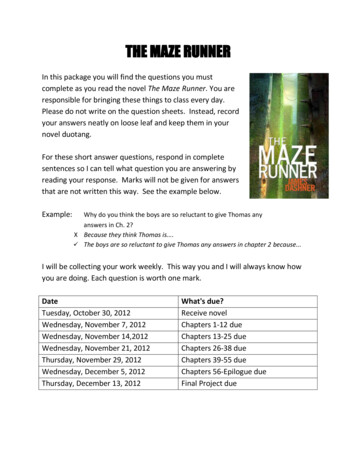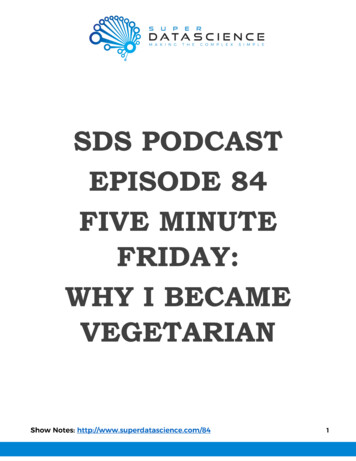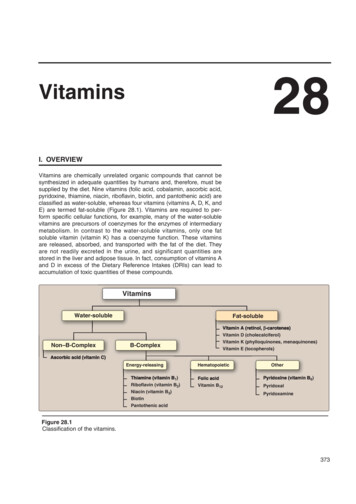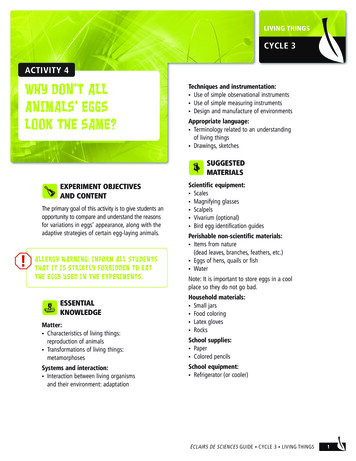
Transcription
LIVING THINGSCYCLE 3ACTIVITY 4WHY DON’T ALLANIMALS’ EGGSLOOK THE SAME?Techniques and instrumentation: Use of simple observational instruments Use of simple measuring instruments Design and manufacture of environmentsAppropriate language: Terminology related to an understandingof living things Drawings, sketchesSUGGESTEDMATERIALSEXPERIMENT OBJECTIVESAND CONTENTThe primary goal of this activity is to give students anopportunity to compare and understand the reasonsfor variations in eggs’ appearance, along with theadaptive strategies of certain egg-laying animals.ALLERGY WARNING: INFORM ALL STUDENTSTHAT IT IS STRICTLY FORBIDDEN TO EATTHE EGGS USED IN THE EXPERIMENTS.ESSENTIALKNOWLEDGEMatter: Characteristics of living things:reproduction of animals Transformations of living things:metamorphosesSystems and interaction: Interaction between living organismsand their environment: adaptationScientific equipment: Scales Magnifying glasses Scalpels Vivarium (optional) Bird egg identification guidesPerishable non-scientific materials: Items from nature(dead leaves, branches, feathers, etc.) Eggs of hens, quails or fish WaterNote: It is important to store eggs in a coolplace so they do not go bad.Household materials: Small jars Food coloring Latex gloves RocksSchool supplies: Paper Colored pencilsSchool equipment: Refrigerator (or cooler)ÉCLAIRS DE SCIENCES GUIDE CYCLE 3 LIVING THINGS1
LIVING THINGSACTIVITY 4CYCLE 3CONTEXT: SITUATIONALPROBLEM OR RESEARCHQUESTIONYou went on a walk with your parents and youwere surprised to see that eggs can have differentshapes and colors: there were white ones, brownones and speckled ones. You thought all eggswere white, and you wonder why eggs don’t alllook the same.SUGGESTED PREPARATORYACTIVITIES (INTRODUCTION)The teacher asks the students to name animalsthat lay eggs. The teacher discusses the differencebetween viviparous animals (which give birth tolive young) and oviparous animals (which lay eggs).Images of eggs or real eggshells could be shownto enrich the discussion. The teacher could thenhave the students think about the reasons that notall eggs look the same.INITIAL IDEASAND HYPOTHESESHere are a few examples of hypotheses the studentsmight formulate based on their initial ideas:Example 1I predict that eggshells from birds protect the embryosfrom rain and microbes. I predict this because shellsare hard, and I think they must be waterproof, becausebird nests are exposed to the rain.Example 2I predict that the color of eggs is a type of camouflage.I predict this because I once saw quail eggs andthey reminded me of little rocks.Example 3I predict that eggs laid in water are soft and eggslaid on land have a shell that prevents them fromdrying out. I predict this because the eggs that myfish lay are soft, while the hen eggs that my parentsbuy at the grocery store are hard.WORK PLAN ANDEXPERIMENTATIONHere are a few examples of experiments the studentscan carry out to verify their hypotheses:Example AThe students verify whether the shell of a hen’s eggprotects the inside of the egg. They weigh two hen’seggs before the experiment and fill two small jarswith clear water. They add food coloring to one ofthe jars and then place an egg in each containerand wait 24 hours. They remove the eggs from thewater, dry the shell and weigh them again to see ifany water got inside the shell. They then break theeggs and make color sketches of their observations.Is the internal and external appearance of the eggsthe same?Note: After breaking the egg, it would be interestingfor the students to observe the air cell, which is asmall cavity in the large end of the egg.RECORD ALL YOUR IDEAS AND OBSERVATIONSIN YOUR EXPERIMENT WORKBOOK.2ÉCLAIRS DE SCIENCES GUIDE CYCLE 3 LIVING THINGS
LIVING THINGSACTIVITY 4Example BThe students check to see if there is a link betweenthe appearance of birds’ eggs and where they arelaid. They try to imagine what the eggs look like ofbirds such as the downy woodpecker, the ring-billedgull or the red-winged blackbird by observing theenvironment in which these species live. The studentscan disguise hen’s eggs by adding marks and colors,use quail eggs, or draw the eggs on paper. Next,they reproduce the environments where these birdslay their eggs: tree cavities, stony shorelines, nestsin low-growing wetland vegetation. They can recreatethese environments using items from nature or bydrawing them. Then they validate their results bydoing research.Note: The students can do the same experimentwith insect eggs such as those of lady bugs, whichare larger than most insect eggs.Example CThe students compare bird eggs, which havehard shells, with fish eggs, which have a softmembrane. They observe the two types of eggsunder a microscope, drawing sketches to recordtheir external appearance, texture and color, thendissect the eggs to observe their internal parts.They allow a hen’s egg and several fish eggs todry out for 24 hours and record the changesin appearance.Note: The students should use latex gloves inorder to avoid any possible contact with bacteria.CYCLE 3EXPERIMENTAL FACTORSTo ensure scientific rigor, the students should evaluatethe experimental factors that might influence theexperimental results. Amount of food coloring used Amount of water used Quality of eggs (cracks) Precision of measurements Variety of specimens Level of humidity Water temperatureDISCUSSION: SUGGESTEDINTEGRATION ACTIVITIES(CONSOLIDATION)The teacher has the students present theirexperimental results and their sketches in theform of egg-shaped posters. The activity canbe enriched by showing diagrams of the eggsof hens, reptiles, amphibians, fish, and insects.The students could work together on a summarytable of the different survival strategies ofegg-laying animals.SUGGESTED ACTIVITIESFOR APPLYING KNOWLEDGE(APPLICATION)The teacher asks the students to create a GuinnessBook of Records type book entitled Eggcelent Eggs,in which each student presents a record concerningeggs (e.g., largest bird egg, fish that lays the mosteggs, strange insect eggs, and other surprising facts).To conclude, the students could start a project tohatch eggs of an egg-laying animal in order to observeits life cycle.ÉCLAIRS DE SCIENCES GUIDE CYCLE 3 LIVING THINGS3
LIVING THINGSACTIVITY 4CYCLE 3SCIENTIFIC CONCEPTUALCONTENTOviparous versus viviparousMany groups of animals such as insects, fish,amphibians, reptiles, and birds reproduce by layingeggs. These are called oviparous animals. Eggs protectthe embryos and provide nutrition required fordevelopment. Eggs are fertilized ovules that areformed in female reproductive organs called ovaries.The fertilization of ovules can be internal or external,depending on the species. The hen’s eggs we eatare in fact ovules, since they have not been fertilized.Mammals, on the other hand, are viviparous, i.e., theirembryos develop inside the mother’s body. There arealso animals, called ovoviviparous, whose reproductivesystems share elements of both oviparity and viviparity,i.e., the eggs are incubated and hatch within thefemales’ reproductive tract. This uncommon strategyis employed by certain reptiles, insects and fish.Sharks are also ovoviviparous.Egg adaptationsAnimals that are well adapted to their environmenthave better chances of survival. Survival strategiesfor oviparous animals include laying a large number ofeggs (insects, fish, amphibians), laying simultaneously(all females of the species lay at the same time,e.g., sea turtles), camouflaging the eggs (buryingthem, hiding them in vegetation, etc.), camouflagingthe nest, and laying eggs that blend intothe environment.4ÉCLAIRS DE SCIENCES GUIDE CYCLE 3 LIVING THINGSInsectsMost insects lay eggs. These eggs are surrounded bya shell that prevents them from drying out. The eggshatch into larvae that become adults after varioustransformations. Some species pass through oneor several stages of metamorphosis, which may becomplete (egg, larva, pupa, adult [also called imago])or incomplete (egg, nymph, adult). Insects thatundergo incomplete metamorphosis are said toreach the adult, or “imago” stage, when they areable to reproduce. Insects lay their eggs in diverseenvironments, ranging from on the ground, in water,on plants or tree bark, or on decomposing matter.They are tiny and usually numerous, ranging fromhundreds to thousands, depending on the species.However there are several exceptions, such asaphids. When “baby” aphids are born, they alreadyresemble adults.FishMost female fish lay a great number of eggs in thewater – up to millions per laying. The eggs have asoft membrane, which contains the vitellus (yolk),the dark part of the egg that serves as a nutritionalreserve, and the blastodisc, which becomes the fishlarva. Only a few eggs will develop to the adult stage,since many will be eaten by predators or will diebecause of inadequate environmental conditions suchas temperature or oxygen concentration.AmphibiansAmphibian eggs are laid in water or wetlands.They are gelatinous and lack a shell, making themvery permeable. Because of this, they are verysensitive to pollution, which explains in part whyamphibian populations are declining worldwide.When they hatch, the larva survives on the foodreserves of the vitellus. They undergo metamorphosisbefore becoming adults (e.g., tadpoles).
LIVING THINGSACTIVITY 4ReptilesReptile eggs have a semi-rigid shell that protectsthem from drying out, giving them an advantageover amphibians and fish, which is what allowedthem to colonize terrestrial habitats. These animalsoften shelter their eggs buy burying them or hidingthem in vegetation.Parts of a bird eggBird eggs have a shell, a white (albumen) anda yolk (vitellus). The shell is made up of a rigid,porous layer made of calcium carbonate and suppleinternal membranes. Just beneath the shell, at thelarge end of the egg, is an air cell. The white, oralbumen, surrounds the yolk and keeps it in the middleof the egg with a spiral band called the chalaza,which is anchored to the shell. The albumen providesthe embryo with water and proteins. The yolk, orvitellus, includes the germinal disk, which may befertilized by sperm, and food for the future embryo(fats and proteins).Characteristics of bird eggsThe shell of bird eggs is impermeable to water andkeeps out micro-organisms. However, it does allowair through its pores. In general, the bigger the bird,the bigger the egg. While they appear fragile, eggsare shaped like an arch and can support the weightof the parent during brooding. Colors or patterns oneggshells are the result of a mixture of two pigments,one derived from hemoglobin and the other frombile. The external appearance of eggshells helps tocamouflage them and help them survive. Some birdssuch as woodpeckers and owls, which nest in cavitiesaway from predators’ eyes, lay white eggs, whichare more easily visible in the dark.CYCLE 3CULTURALREFERENCESMarket eggsThe eggs we buy at the grocery store are unfertilizedeggs. Their color depends on the race of chickenthat laid them and has nothing to do with the egg’snutritional value.Egg-laying mammalsThe platypus and the echidna are members of anorder of mammals called monotremes, which layeggs. They are the only egg-laying mammals in theworld. The young hatch after incubation and aresuckled by way of small openings in the mother’sskin. These animals thus have genes in commonwith both mammals and birds!Birds that lay eggs in the nests of othersCuckoos are kleptoparasites, which means thatthey get their nourishment from the work of anotherspecies. In fact, cuckoos lay their eggs in the nestsof other birds, saving themselves all the work ofbrooding and raising their young. Young cuckoosalmost always hatch before the young of theparasitized species. As soon as it hatches, the youngcuckoo pushes all the other eggs or young out ofthe nest, thereby monopolizing the attention of itsadoptive parents, which continue to feed it, even ifit is often larger than they are!Unusual fact: parasitoidsCertain insects lay their eggs on or inside a hostorganism. When the egg hatches, the larva developsby eating the host and, in some cases, eventuallykilling it. Entomologists have catalogued about100,000 species of parasitoids to date.FOR MORE CULTURAL REFERENCES,VISIT THE ÉCLAIRS DE SCIENCES WEBSITE:www.eclairsdesciences.qc.caÉCLAIRS DE SCIENCES GUIDE CYCLE 3 LIVING THINGS5
LIVING THINGSACTIVITY 4CYCLE 3REFERENCESBurnie, David. Le nid, l’oeuf et l’oiseau. Paris: Gallimard, 1988.Desroches, Jean-François and David Rodrigue. Amphibiens et reptiles du Québec et des Maritimes.Waterloo: Éditions Michel Quintin, 2004.Harrison, Hal H. A Field Guide to Birds’ Nests of the Eastern United States.Boston: Houghton Mifflin Company, 1975.Metcalf, Jonathan. Le règne animal. Saint-Laurent: ERPI, 2002.Walters, Michael. Les oeufs d’oiseaux. Paris: Bordas, 1995.Blaising, Gilbert. “Le coucou.” In Ligue pour la protection des oiseaux en Moselle: dossiers. [Website: .gris.html. Consulted December 6, 2007.Déry, Bernard. “Vue intérieure d’un oeuf d’oiseau.” In Le dictionnaire visuel. [Website: 2007]www.infovisual.info/02/062 fr.html. Consulted December 4, 2007.Ornithomedia. “Les oeufs.” In Ornithomedia: pratique. [Website: 2000]www.ornithomedia.com/pratique/debuter/debut art27 1.htm. Consulted December 6, 2007.Pêches et océans Canada. “Les salmonidés dans la salle de classe: au primaire.”In Pêches et océans Canada: au fil de l’eau. [Website: /lessonplans/sicprimary/sicprimary f.htm.Consulted December 6, 2007.Roberge, Patrick. “Les métamorphoses des insectes: de l’oeuf à l’adulte.”In La toile des insectes du Québec de l’Insectarium de Montréal. [Website: ouveau/preview.php?section entos&page 4.Consulted December 6, 2007ConceptionMontréal Science CentreA project of6Produced byÉCLAIRS DE SCIENCES GUIDE CYCLE 3 Major financial partnersLIVING THINGS
process of active discoverygeneral learning process in science and technology (in elementary school)Planning and carrying outContext relatedto everyday lifeOutcomeInitial ideasand hypothesis Situation problem or Discovery question or Need to be fulfilled Question related to theoperation of an object(how does it work?)My initial ideas: I share my own ideas.My hypothesis: I predict that.I think that because I imagine my prototype. I think it works like this My equipment: I observe and handle the equipment. How could this equipment be useful to me? I choose my equipment and my materials.Carrying out my process: What will the steps be? What precautions should I take?My actions: I carry out the steps of my protocol. I note or draw what I observe,what I do and what I discover.My results: What is my answer to the problem,question or need?My outcome: Do my results confirm my hypothesis or not? Are my results similar to those of theother teams? Can the other teams' results help meto find answers to my problem,my question or my initial need? What could I communicateconcerning my discoveries?New question?What I learned: What do I retain from this activity? What could I communicate concerningmy results or my discoveries? 2011 /REV0202EN
eggshells are the result of a mixture of two pigments, one derived from hemoglobin and the other from bile. The external appearance of eggshells helps to camouflage them and help them survive. Some birds such as woodpeckers and owls, which nest in cavities away from predators’ eyes, lay
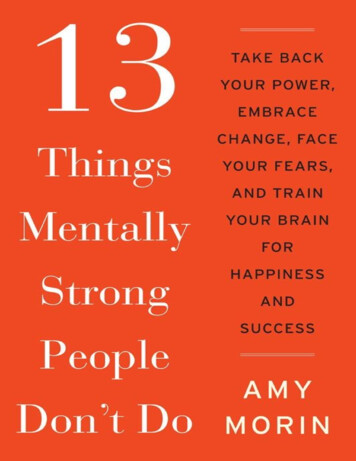
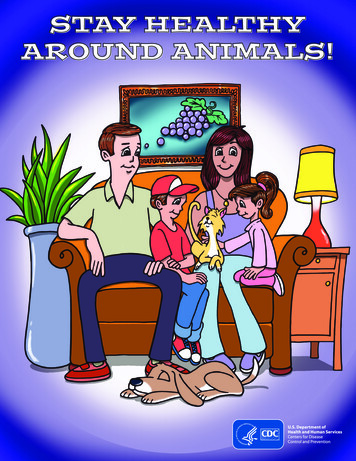
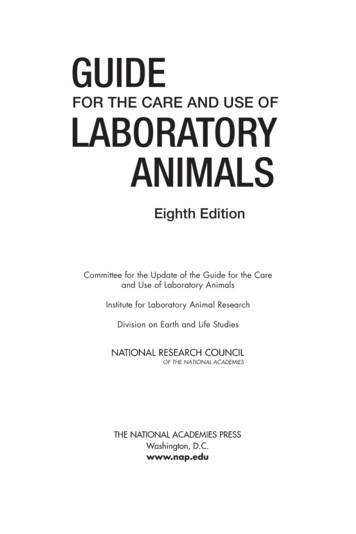
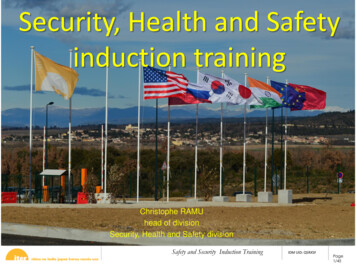
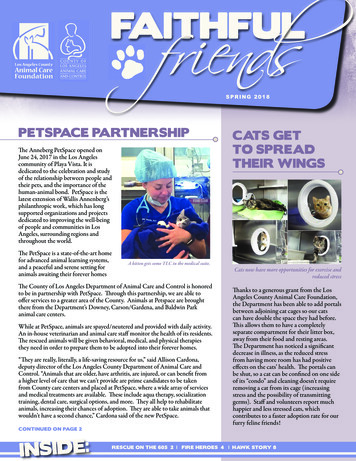

![[Page 1 – front cover] [Show cover CLEAN GET- AWAY 978-1 .](/img/13/9781984892973-6648.jpg)
